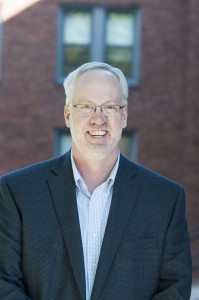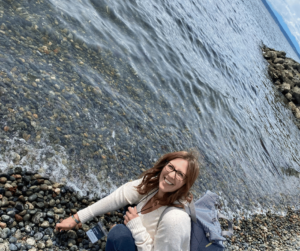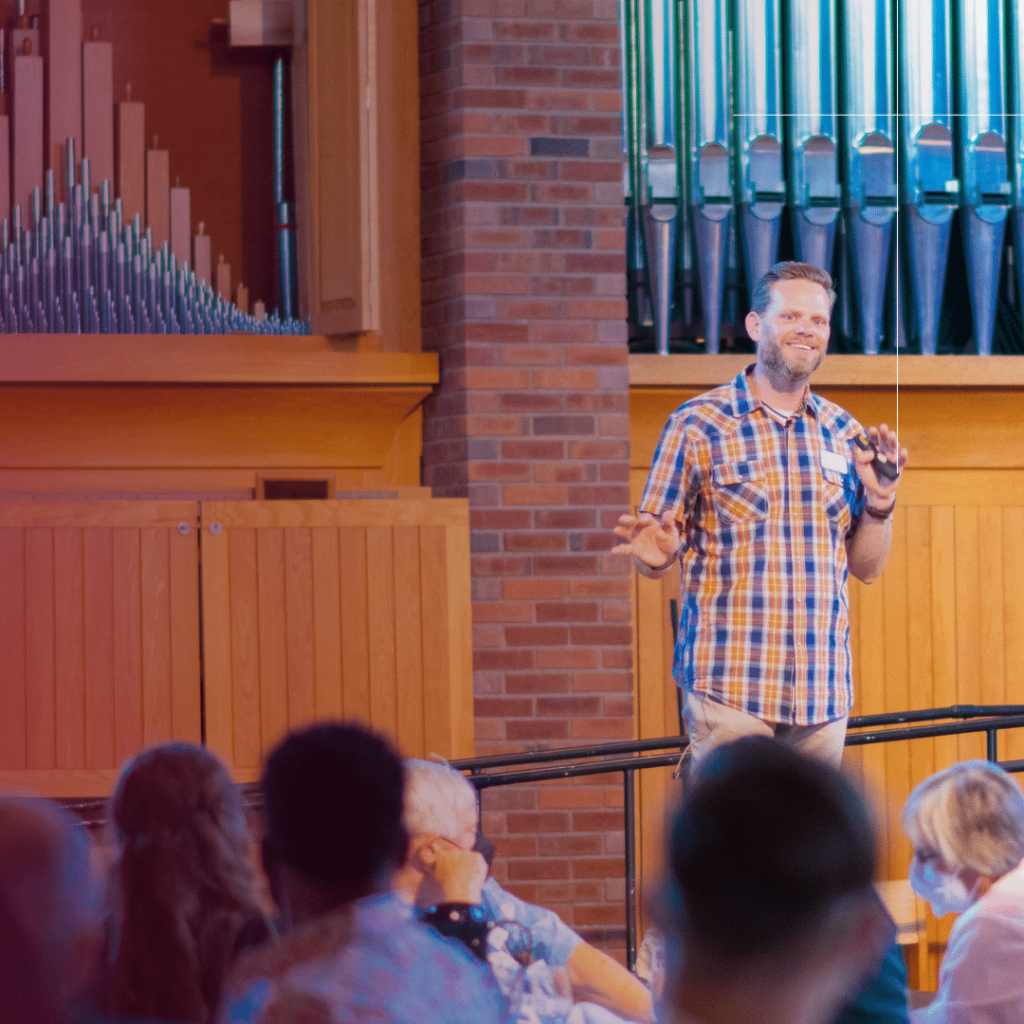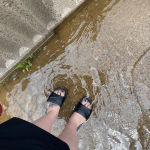Written by Jeremy Myers
This blog post is the first of many that will showcase the various ways we see vocation lived out on a daily basis in the lives and work of our Augsburg colleagues and our neighbors in the Cedar-Riverside and Seward neighborhoods.
By vocation we mean the ways we are compelled, empowered, challenged, freed, and responsible to show up (individually and collectively) in ways that help our neighbors and neighborhoods thrive. We believe every individual and every institution experiences a vocational tug.
Augsburg University – as an institution – is committed to being an engaged neighbor with the Cedar-Riverside, Seward, and Phillips neighborhoods. Many would say this has always been central to Augsburg’s mission and identity, but our practices and frameworks for showing up as a compassionate and helpful neighbor have changed over time. This change is a necessity if one is truly committed to working towards the common good with their neighbors.
This is a story about how Augsburg does the work of becoming and being an engaged neighbor.
 Steve Peacock joined Augsburg University in 2008 as the University’s Community Relations Director. Steve had spent the previous 17 years working for the Local Initiatives Support Corporation (LISC) helping people and neighborhoods thrive by creating partnerships to “close systemic gaps in health, wealth, and opportunity.” Steve feels a strong call to do work that supports people at the neighborhood level. He has formal training in urban planning through the Humphrey School of Public Affairs and the University of Minnesota.
Steve Peacock joined Augsburg University in 2008 as the University’s Community Relations Director. Steve had spent the previous 17 years working for the Local Initiatives Support Corporation (LISC) helping people and neighborhoods thrive by creating partnerships to “close systemic gaps in health, wealth, and opportunity.” Steve feels a strong call to do work that supports people at the neighborhood level. He has formal training in urban planning through the Humphrey School of Public Affairs and the University of Minnesota.
This call, though, was shaped early on as the son of a campus pastor in central Illinois. Steve saw his father consistently working at the intersections of the university, the church, and the neighborhood. He learned first-hand about the positive impact local institutions can have on the lives of the people who share their neighborhood. Steve’s own personal call to do this bridging work has helped Augsburg University live more fully into our own call to be an engaged neighbor.
Augsburg University president, Paul Pribbenow, claims Augsburg’s identity as an anchor institution in the Cedar-Riverside neighborhood and we now play a key role in convening the Central Corridor Anchor Partnership. “Anchor institutions are enduring organizations that are rooted in their localities. It is difficult for them to leave their surroundings even in the midst of substantial capital flight.” (Marga, Inc). Augsburg is deeply committed to the location and neighborhood where we find ourselves and we believe we have a responsibility to function in a certain way as an institution so that our neighbors and our neighborhood might thrive. Steve’s work puts this commitment into practice.
Through this work, Steve convenes the Cedar-Riverside Neighborhood Leadership Forum which is a community of business owners and leaders from the neighborhood who meet regularly to learn about one another’s work, discuss shared hopes and concerns, and create opportunities for collaboration. Steve sees his primary work as convener. These are gifts and committed leaders who don’t need Steve or Augsburg to lead for them, but they do need someone who is willing and able to convene other potential stakeholders and partners.
Continue reading “Steve Peacock is Leading Augsburg into the Public Square for the Sake of our Neighbors” →







